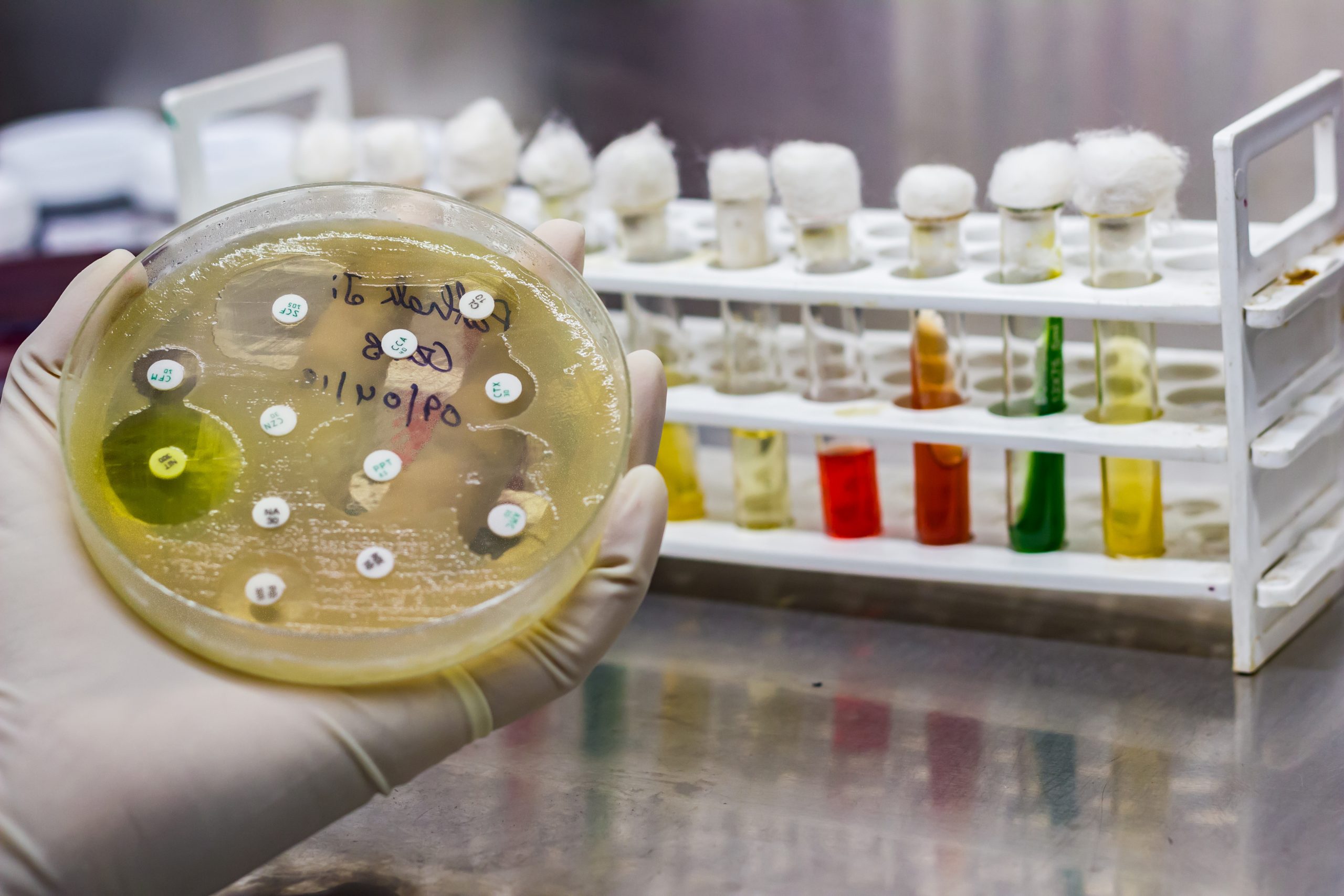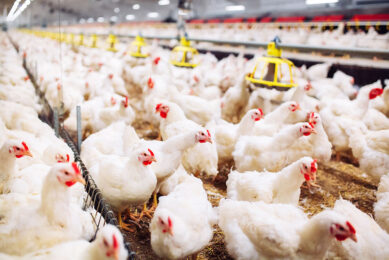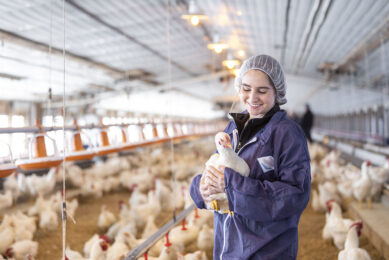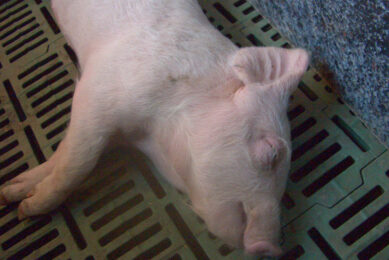Make bacteria prone to antibiotics again

Since the discovery of penicillin in 1928, antibiotics have been an indispensable tool in human and in veterinary medicine. For about 70 years now this tool has slowly lost its effectiveness due to the development and spread of antimicrobial resistance. The livestock sectors are taking their responsibility.
The development and spread of antimicrobial resistance (AMR) is a growing problem. But AMR is not a new phenomenon, even in four million year old caves resistant bacteria can be found. Incidental mutations within the genome led to a resistance against antibacterial substances produced by other organisms in their environment or by themselves. The bacterium with the new genetic information can produce for example an enzyme destroying or inactivating the antibiotic (for example beta-lactamase in ESBL producing E. coli).
From discharging mechanisms up to the elimination of the target of the antibiotic in the bacterial cell, much is possible. All these resistance mechanisms are regulated by so-called resistance genes. These resistance genes can be transferred from mother to daughter cell by division, but also from one strain to another via horizontal plasmid transfer. Plasmids are small DNA-molecules which are independent from the main DNA (Figure 1). They often carry information that may benefit the survival of the organism, such as antibiotic resistance. Having bacteria resistant to one class of antibiotics is bad, but the global spread of bacteria resistant to multiple antibiotics, the superbugs, is worse. In an colistin-resistant E. coli isolate, analysed in China in 2017, a plasmid with 19 antibiotic resistance genes has been found.
Figure 1 – Carriers of genetic information in bacteria.

Can resistance be supressed?
It is of highest importance to gain control over the problem of antibiotic resistance. Otherwise, every year more people will die from infections due to resistant germs. But how? The facts are that bacteria, resistant to a certain antibiotic, have an advantage in the case of a treatment with this antibiotic, as they can survive and the other bacteria are killed. But, if there is no antibiotic threat, there is also no advantage. The resistance mechanisms rather cost energy due to a higher metabolism and decrease proliferation. So what will happen if there is a lack of selective pressure? Will this cause resistance genes within bacteria to not be transferred anymore?
If so, resistance will probably be lost one day by another mutation. There are studies that support this thesis. In Canada, ceftiofur, a third-generation extended-spectrum cephalosporin was used in chicken farming. The occurrence of resistant strains of Salmonella and E. coli in chickens and the same Salmonella strains in humans increased until 2005. After this antibiotic was not used anymore, resistance levels decreased to 25-50% of their highest levels from the previous year within one year and rose again when ceftiofur was used again (Dutil et al, 2010). In the EU, antibiotics used as growth promoters were banned in 2006 and in the Netherlands more recent programmes drastically reduced the amount of antibiotic treatments in animal husbandry. As a consequence, the occurrence of bacterial field isolates of E. coli in healthy broilers carrying resistance genes decreased compared to the level in 2015. A more general view is given in Figure 2, showing the relation between antibiotic usage and the occurrence of resistance in the Netherlands.
Figure 2 – Monitoring of antimicrobial resistance and antibiotic usage in animals in the Netherlands in 2016 (Maran Report 2017, modified).

Implementation at farm level
Antimicrobial stewardship is a concept which was developed as an interdisciplinary approach to ensure the efficacy of antibiotics and their use in future generations. This concept consists of more than the simple call for antibiotic reduction. It involves the exchange between experts from the fields of human medicine, environmental protection, livestock production and many more disciplines. The core principles of the concept are the 5 R’s: Responsibility, Reduction, Refinement, Replacement and Review. Taking responsibility for the use of antibiotics and acknowledging their potential is the first step to a responsible handling of antibiotics.
Shared responsibility involves a drug prescribing veterinarian and livestock producers, who use antibiotics only as prescribed (the observant reader might have noticed, that the prophylactic use of antibiotics is not mentioned). The next step, reduction, means to avoid prophylactic and metaphylactic use and to use antibiotics only for treatment in the case of a pathogenic outbreak. Important measures to support this are good hygiene management, improved biosecurity, nutrition and the use of vaccinations. Refinement is the combination of reliable diagnostics followed by the use of the correct drug at the right time, for the right length of time. In order to compensate for the discontinuation in use of antibiotic growth promoters (Replacing), the feed industry places a lot of alternatives at the farmers’ disposal ranging from pre- and probiotics, to organic acids and butyrates, egg antibodies and secondary plant compounds. The replacement of antibiotics used as treatments is even harder to achieve, as they are often the only tools to treat sick animals. Prevention should be the method of choice. The last “R”, Reviewing, comes into operation when producers think they have implemented the perfect strategy to minimise antibiotics in their organisation. It refers to regularly checking the applied measures with the aim to eventually reduce antibiotic use to zero.
We have the tools, let’s use them
Europe has done it and the US is making big progress: Removing antimicrobial growth promoters. Even going for “No Antibiotics Ever” is possible. It doesn’t matter what the driver is for this movement. For some regions it might be a changing regulatory environment, in others it might be changing consumers’ behaviour. Both instances demand from producers that less antibiotics are used. Let us remove excess antibiotics from animal husbandry and refine treatments in human medicine in order to make bacteria prone to antibiotics again. To facilitate this necessary change, the concept of antimicrobial stewardship will combine the efforts of different industries to give animal producers guidance on how to implement antibiotic reduction and prevent a dystopia of non-working antibiotics.
References are available on request.











